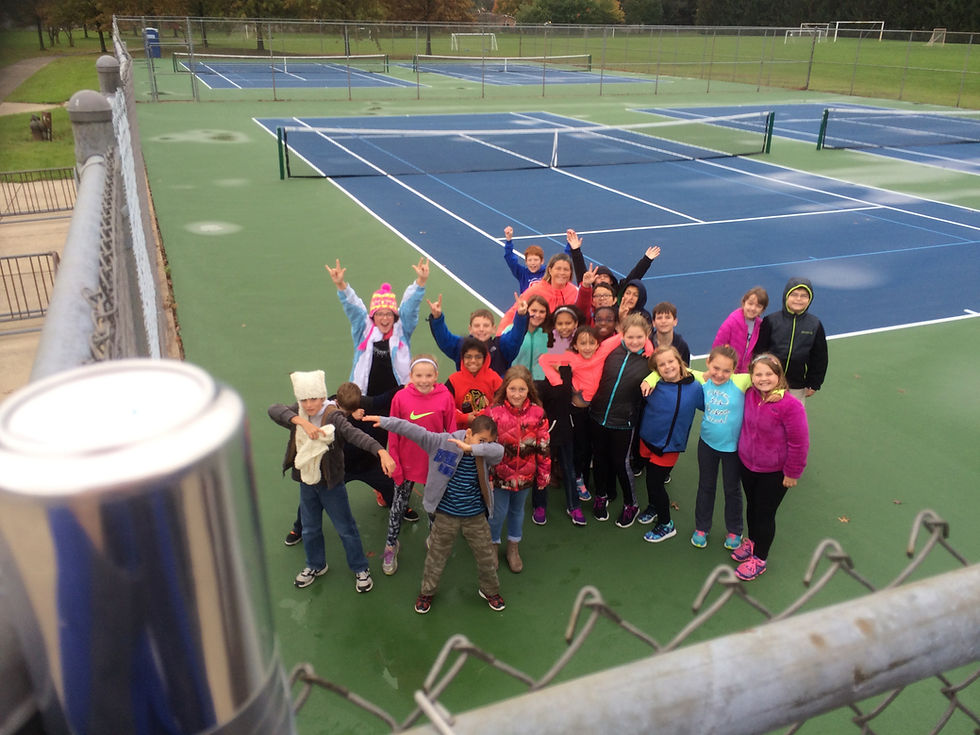Solargraphs Capture School Vistas
- Chuck Bueter
- Oct 27, 2016
- 2 min read
Fourth grade students of Prairie Vista Elementary School in Granger, IN, have put six Anniversary Solargraphs in place to capture images of the sun during the Indiana Bicentennial. The cans mounted on poles are actually pinhole cameras that contain a piece of black and white photographic paper and a small pinhole to let in light. For the first round of the experiment, the cans will take a continuous image at least through December 11, the date on which Indiana gained statehood.

Prior to placing the cans, the kids gathered indoors for an introduction to the photographic technique. A chalkboard was a simulated piece of light-sensitive paper and a ring on a stand simulated the pinhole. Individuals in the audience held a piece of string that went from, say, their nose (the object), then straight through the ring (the pinhole) to the board (the photo paper), where we made a mark. The tallest teacher, Mr. Roger Hansel, had to stand on a chair to hold the string high enough to trace out the path of the sun, depicted as arcs near the bottom of the chalkboard.
The resulting image shows the location of students seated in front of the chalkboard. One person stood in the foreground with a raised arm as her profile was traced out from the waist up. Notice how her head is upside down, blocking out part of the sun, and her raised arm appears to be pointing down. When I suggested they could stand on their head to see it right-side-up, of course they all tried--all 70 of them at once.

Hopefully the three classes will retrieve the cans and check the results of the first experiment in time to re-mount the pinhole cameras when the sun is at its lowest--the December solstice. The kids will then start a second round of solargraphs until school's summer vacation begins in 2017.
What will the sun photos look like? What will the cars in the parking lot look like, compared to the school building itself? The Anniversary Solargraphs are an experiment, and failure is definitely possible. We noted how repeatability is part of the scientific method, in which one's discoveries and experiment results (like, how to make a solargraph) have to be reproducible. Hopefully the kids will yield six quality solar images. Now we wait.





Another item we started to discuss and simulate was the 2017 solar eclipse. In Michiana, about 85% of the sun will be covered that Monday August 21. Since the eclipse occurs three days before school begins (see PHM 2017-2018 Calendar) for the PHM School Corporation in 2017, they'll need to learn about it this school year. Solar shades (which are equivalent to about 70 pair of sunglasses at once) are required, making the eyewear a potential fund-raiser for the Parent Teacher Organization. At the Here Comes the Sun- Solar Eclipse Workshop for educators on November 15, attendees will learn how to save money by getting in on a bulk order of solar shades.








































